Mughal architecture enchants US diplomat
Hails efforts to preserve cultural heritage
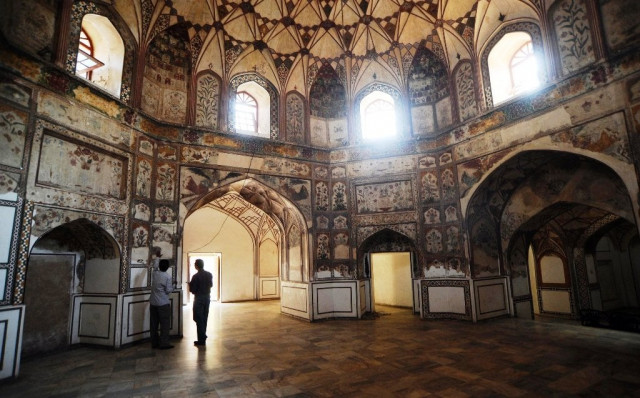
The United States Embassy Deputy Chief of Mission Andrew Schofer visited the mausoleum of Mughal emperor Nurruddin Mohammad Jahangir o Monday and hailed the artistic finesse of the 17th-century architectural masterpiece.
Jahangir was the fourth Mughal emperor who ruled India from 1605 to 1627. The tomb was decreed to be built at Dilkusha Garden -- favourite sojourn of the emperor in Lahore -- by his descendant emperor Shah Jahan. The mausoleum was completed in 1637. The US diplomat was accompanied by Consul General in Lahore Kristin Hawkins and Public Affairs Officer Karl Rogers.
They were welcomed by the Walled City of Lahore Authority (WCLA) officials and Schofer was shown round the tomb.
He also had a bird’s eye view of the sprawling gardens and adjacent tomb of Asif Khan from one of the minarets of the tomb.
According to a statement, DCM Schofer showed keen interest in the Mughal architecture and was briefed on the facade of the mausoleum and the red sandstone inlaid with marble motifs, which has been preserved in the original style.
The visiting US official expressed admiration for the architecture. While visiting the tomb, the diplomat was shown round the arcades and the embellished marble.
He was informed that the intricate vegetal artwork was only second to Taj Mahal in India. He was also shown a 500-year-old metal gate that has been preserved.
From the rooftop, Schofer climbed one of the ornamental minarets projecting from each corner of the building and decorated with geometric inlaid stone.
DCM Schofer, in his remarks, hailed the cultural heritage of Pakistan and praised the authorities for taking good care of the monuments which help in tracing history. He said the Ambassador’s Fund for Cultural Preservation has contributed to the preservation of several buildings in Punjab.
Published in The Express Tribune, January 30th, 2024.


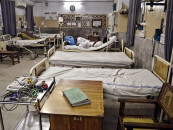
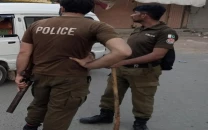

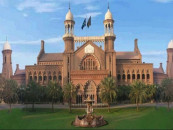
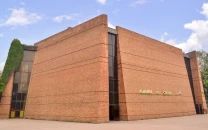












COMMENTS
Comments are moderated and generally will be posted if they are on-topic and not abusive.
For more information, please see our Comments FAQ